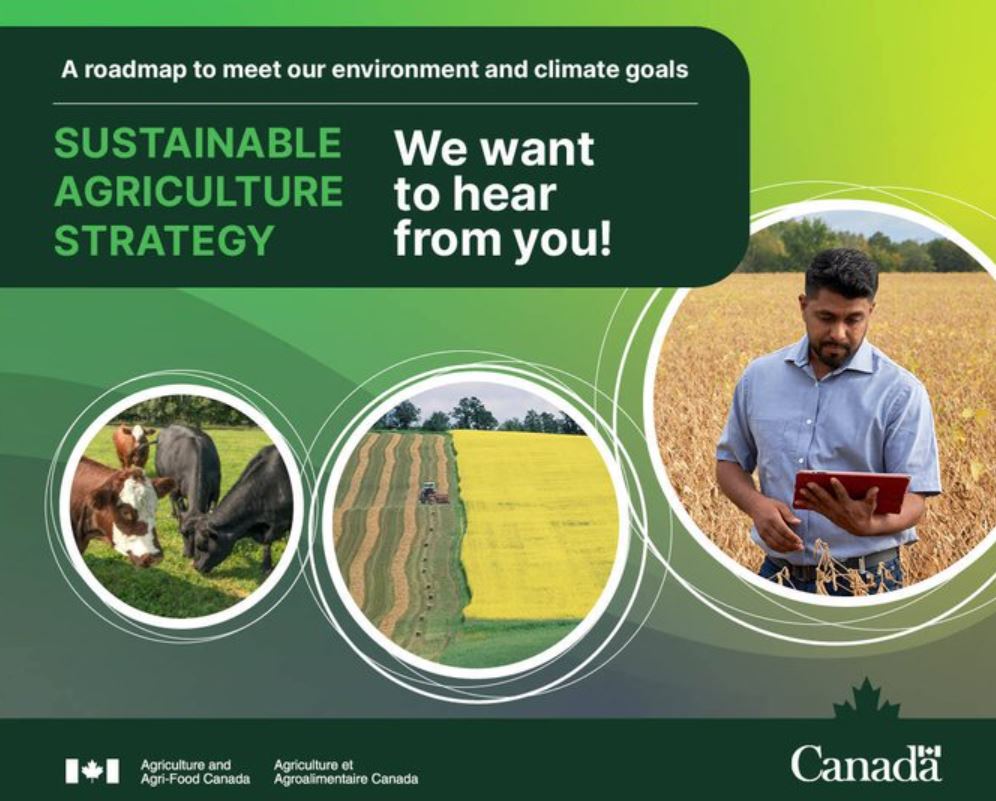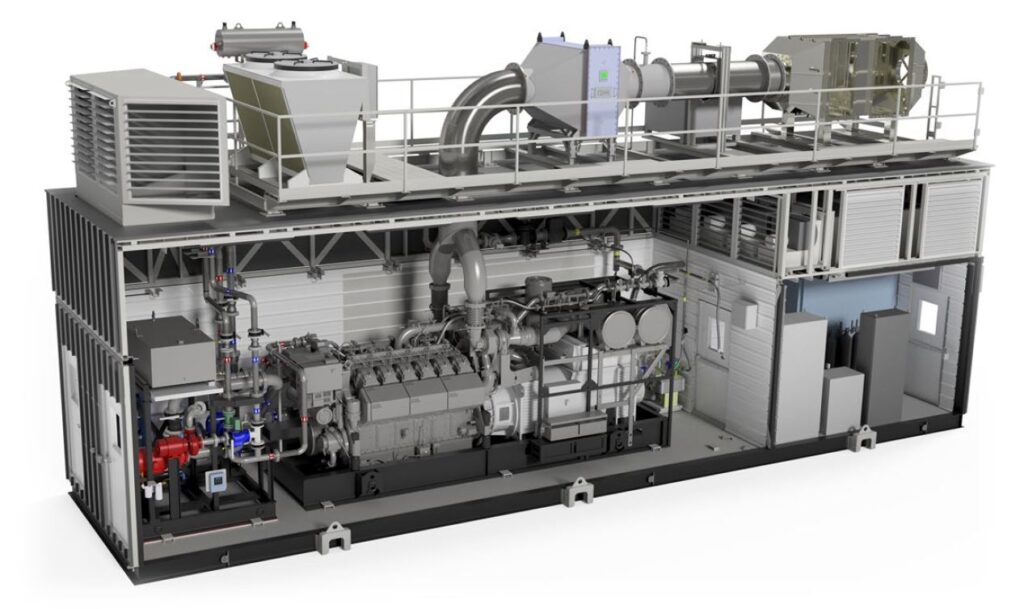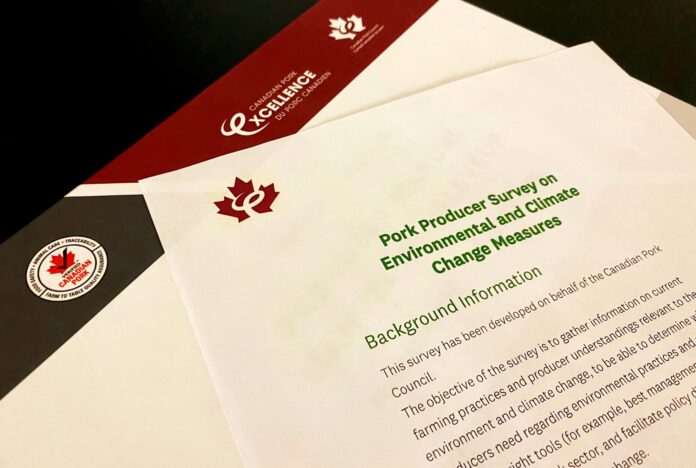By Katerina Kolemishevska
Editor’s note: Katerina Kolemishevska is Director of Policy Development, Canadian Pork Council (CPC). She can be contacted at kolemishevska@cpc-ccp.com.

Earlier this spring, the federal government published a discussion paper covering its ‘Sustainable Agriculture Strategy,’ which describes a proposed approach for improving sustainable agriculture practices in Canada.
The discussion paper is part of a larger government initiative to build a national plan for sustainable agriculture, which will establish a unified direction for collective action to improve long-term environmental performance in the sector, support producers’ livelihoods and promote the Canadian agriculture industry’s business competitiveness.
Responding to environmental problems and catalyzing the solutions into profitable and sustainable production practices can be challenging. There are many barriers to reaching sustainability, not only at the farm level, but also within the value chain. In most cases, these new practices would require significant changes in how we produce and consume our products.
One of the biggest challenges to transitioning is the economic pressure and the high cost of implementing sustainable practices. The pork industry is subject to a great deal of volatility, with a lot of attention on profit margins, making it difficult for producers to invest in new technologies or methods that do not guarantee financial returns.
With primary production comes supply chain incompatibility. The pork industry is part of a complex network of several inter-related operations, ranging from crop production, transportation, processing and retail. Changes in one area could have unintended effects in another. Without a whole-system approach, it would be impossible to reach the goals currently outlined in the government’s sustainability strategy.
Lack of data fuels speculation over facts

The lack of data is a considerable challenge holding back the necessary funding allocation and investments into many of the solutions that would make agriculture more environmentally friendly. Evaluating the success of sustainable agriculture methods and analyzing their actual benefits to the environment cannot be achieved without accurate and reliable data. What’s more, producers may be unwilling to implement sustainable methods in the absence of credible data demonstrating their advantages.
In addition to data, the lack of uniformity in environmental performance indicators can lead to confusion among producers and consumers, making evaluating the sustainability of different practices challenging. Consequently, it can foster a lack of trust in sustainable initiatives and hinder their effectiveness in promoting sustainable practices. Achieving sustainability requires sound collaboration and coordination among producers, governments, different agri-food sectors, researchers and consumers. Yet, there seems to be a lack of cooperation among these stakeholders, making developing and implementing effective policies and practices difficult.
Benefits of sustainability could eventually be realized
Despite the challenges, there are some benefits to embracing sustainable agriculture practices. New common knowledge is evolving, promising the ultimate synthesis of environmental and economic objectives. With this new way of thinking, both industry and the planet may prevail. Being ecologically responsible is no longer a cost of doing business; rather, it is a driver of innovation, an opener of market expansion and a generator of growth.
Sustainable agriculture practices can provide several benefits for producers, including increased profitability and fewer inputs. The main bonus is improved value. For example, feed, manure and soil management practices can result in lower costs and higher yields, leading to increased profitability. Additionally, practices such as water-efficient irrigation and renewable energy sources can help reduce utility costs, resulting in lower operating expenses.
As the world shifts towards eco-conscious living, this means creating and accessing new markets. Currently, there is a lack of access to markets that reward sustainable practices. Many traditional markets do not offer a premium for food produced sustainably, making it difficult for producers to rationalize and recover the associated expenses.
However, consumers are becoming more interested in pork that is produced sustainably, and producers who demonstrate sustainable methods may gain access to new markets and better pricing for their products. Various countries and regions are already vigorously promoting products with claims relating to reduced carbon footprints, organic and antibiotic-free production, and fair-trade practices. These products are often sold at a premium, providing an opportunity for producers to earn more money when selling their pigs to processors who make these claims – hypothetically, at least.
When producers are paid better for their pigs, this encourages and enables them to cover the costs of becoming more sustainable while also supporting the trade ambitions of their processing customers, who are increasingly mindful of the requirements for entering markets that appreciate sustainable production. More importantly, sustainability can help producers improve their resilience to climate change and other environmental challenges like drought, floods and pests. Managing weather risks can reduce crop failure, animal mortality and disease incursions, resulting in an improved financial situation.
Overall, by conserving natural resources and decreasing environmental effects, sustainable practices can help assure the long-term viability of pork production in Canada. This can help producers continue to grow and earn a living from their land for future generations.
Major barriers to success still exist

Transitioning to sustainable pork production practices will be a complex process that requires addressing several uncomfortable realities.
Most importantly, producers need access to the necessary knowledge and skills to support a successful transition to best practices. This includes training on sustainable management of feed, water, manure and soil; the environmental impact of pig farms; and the benefits and challenges of transitioning.
With skill-building comes the potential of co-benefits. Measures are often adopted mainly for reasons other than mitigating greenhouse gas (GHG) emission that yield purely win-win outcomes, also known as ’trade-offs.’ Key potentials for trade-offs in the area of manure include limiting fertilizer use, improving soil resilience, and the creation of bioenergy. As such, the trade-off is lower costs while also reducing GHG emissions.
On top of knowledge and skills, producers will require technical means such as adequate equipment, technologies and infrastructure to implement best practices. Some of these may require adjustments to existing systems or the adoption of new ones, such as irrigation, manure spreading or renovations to animal housing.
Beyond the challenges inherent to producer education and retrofitting farms, the steepest obstacle is that environmental stewardship and sustainability can be expensive, going well beyond what many producers can afford, at present.
Producers need sufficient access to loan financing and funding incentives to make the transition possible. In some cases, there may be a need for alternative business models or markets to support sustainable practices, backed by policies that have tangible outcomes for producers. The government needs to put more work into this area to provide a level playing field for producers. This includes measures that support producer-led research and development that fits with unique Canadian pork production conditions, including weather and other factors.
Yet again, we should not forget the crucial component, which is market demand. There needs to be sufficient demand for sustainably produced pork products to provide a market for producers who adopt sustainable practices. This requires raising awareness among consumers about how the pork industry has progressed, which should encourage producers to transition.
Transition requires small steps, not great leaps

Considering everything that is influencing sustainable pork production, it provides the pork industry, including producers, with both challenges and opportunities.
Nonetheless, in the long run, the benefits far outweigh any concerns or inconveniences connected with such challenges. Transformational change toward sustainable pathways requires more than simply scaling up sustainability practices; it requires addressing the collaborative implementation of priority interventions and targeting key points, in hopes of linking existing social, economic and environmental systems.
The federal government’s proposed Sustainable Agriculture Strategy has brought together decision-makers, industry partners, producers, researchers and members of the public to discuss how to bring about pathways to sustainability. Through this initiative, it is imperative that the beliefs behind sustainability are backed up with appropriate support for farmers, which will be key to getting them on board in principle and in practice.





